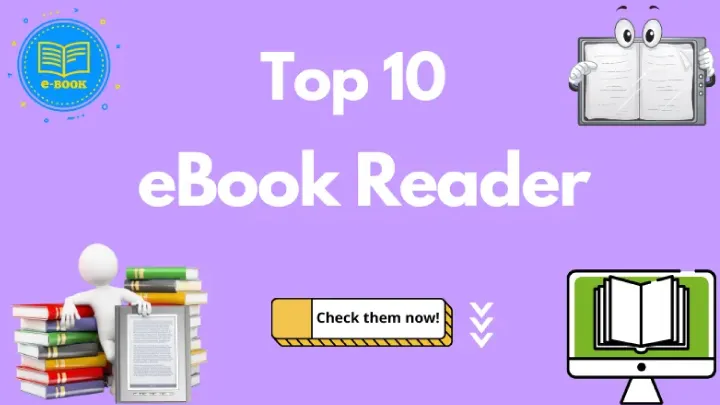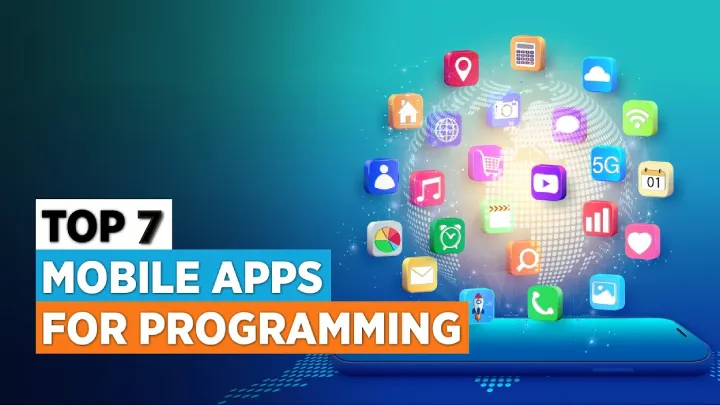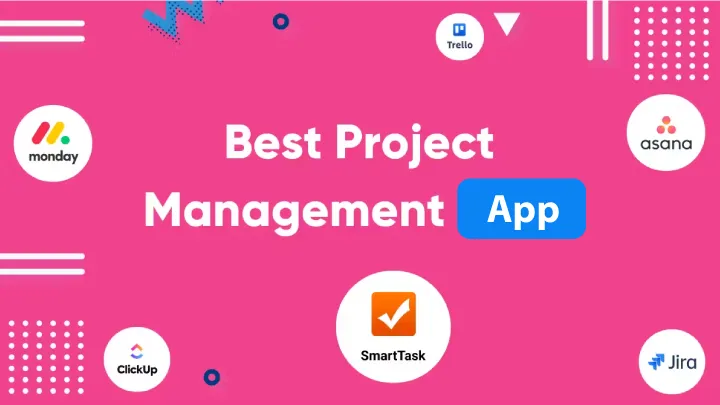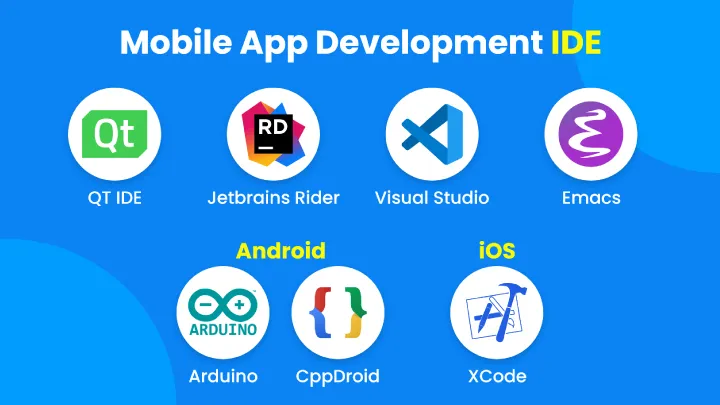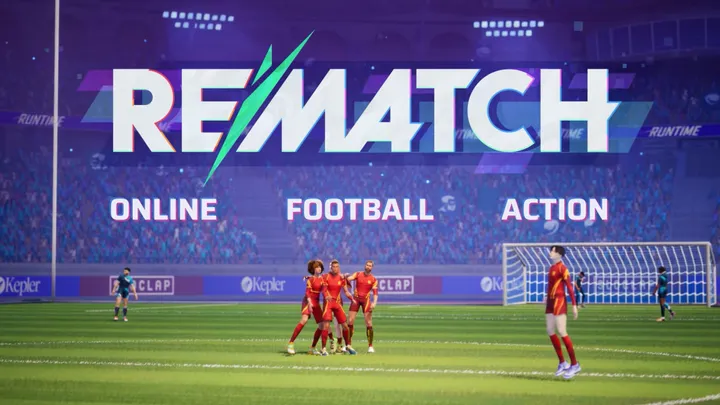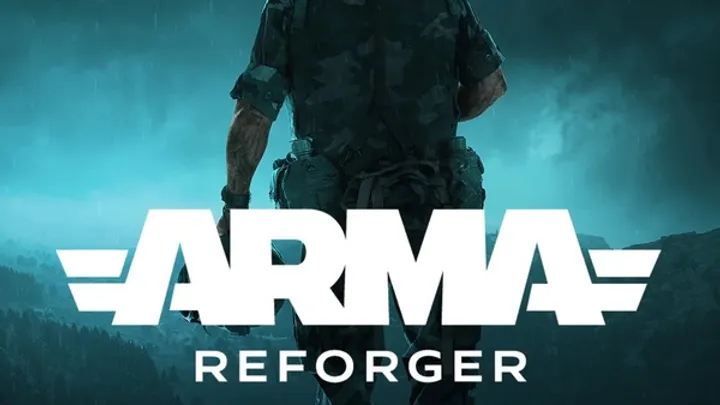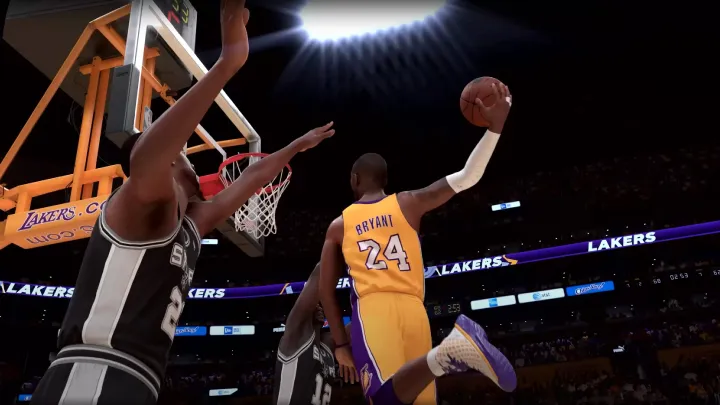Marvel Rivals entered the market with enormous hype, blending the Marvel universe with a hero-shooter framework. The game looked like a guaranteed hit: dozens of heroes, destructible maps, and fast-paced competitive modes. Yet once the excitement settled, players began to notice a persistent design issue — role imbalance within the roster. This problem has been shaping competitive integrity, casual fun, and even the monetization model of the game.
This article explores that issue in depth, tracing its timeline from launch to present. We will dissect how the imbalance emerged, the impact it has had on gameplay, how the community and developers responded, and what it reveals about the challenges of balancing a hero shooter in a universe built around recognizable characters.
1. The Launch Problem: Many Heroes, Wrong Distribution
When Marvel Rivals launched in late 2024, it came with a robust roster. On paper, the inclusion of Avengers, Guardians, X-Men, and villains gave the impression of depth. But what the roster had in quantity, it lacked in balance.
The primary issue lay in how roles were distributed. Damage-dealing heroes dominated, while crucial archetypes like supports, controllers, and tanks were either underdeveloped or underrepresented. Matches quickly skewed toward high-burst brawls without the sustain or defensive anchors needed for balanced team play.
The immediate consequence was predictable: damage-centric compositions overwhelmed games, and casual players gravitated toward “fun” DPS characters rather than filling essential but scarce roles.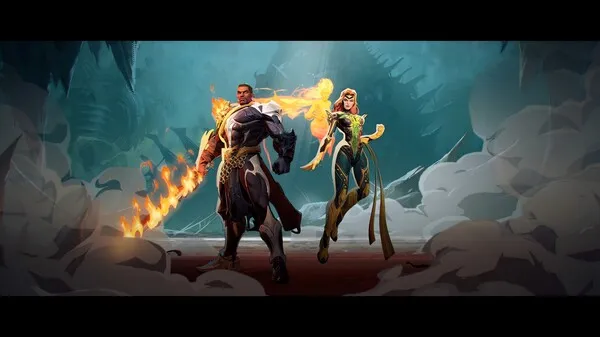
2. First Patches: Adjustments Without Solutions
After launch, NetEase rolled out patches aimed at balancing abilities — adjusting cooldowns, nerfing damage, or buffing survivability. While these tweaks were visible and easy to implement, they did not solve the deeper structural gap.
Numbers alone cannot substitute for missing archetypes. A damage dealer buffed with minor sustain abilities still does not function as a true healer, nor can a bulky damage hero replace a dedicated tank designed to control space. The early patch philosophy felt like a band-aid that did not address systemic design flaws.
Players quickly recognized this, and frustration grew as patch notes announced changes to heroes already abundant in the meta, while neglected roles remained underdeveloped.
3. Community Outcry and Ranked Exposure
As the ranked ladder matured, competitive players began documenting how role imbalance distorted the meta.
The High-Rank Bottleneck
In higher tiers, team compositions require predictability and synergy. Scarcity in supports and tanks meant that banning or counter-picking a single key role could cripple a team. Queue times for damage roles spiked, while games without proper support collapsed quickly.
Content Creators Amplify Concerns
Streamers and pro players brought visibility to the issue. With so few tanks and healers being picked, there was little high-level gameplay content for those roles. This discouraged new players from trying them, creating a vicious cycle of scarcity.
The result was a divided community: frustrated support mains demanding reinforcements, and casual players frustrated by long queues or chaotic, unbalanced matches.
4. Monetization and Role Scarcity
Marvel Rivals’ monetization model further complicated role balance. Many of the most exciting heroes tied to premium bundles or passes were damage dealers.
H3: Paywalls and Accessibility
If a key support or tank is locked behind heavy grind or payment, fewer players will access that role. Conversely, flashy DPS characters were often easier to unlock or heavily marketed, encouraging even more players to queue for them.
H4: Business vs. Balance
The studio faced a dilemma: should role-critical heroes be monetized to maximize revenue, or made widely accessible to stabilize gameplay? Early choices leaned toward monetization, unintentionally reinforcing the imbalance problem.
5. Identifying the Missing Roles
Not all missing roles are equal, and Marvel Rivals’ gaps were glaring:
- A reliable single-target healer accessible to beginners
- True tanks capable of peeling flanks and controlling objectives
- Hybrid controllers with zoning tools and rotation flexibility
These gaps shaped the entire tempo of the game. Without sustain, fights became short and burst-oriented. Without peel tanks, flanking dominated. Without controllers, objectives swung chaotically.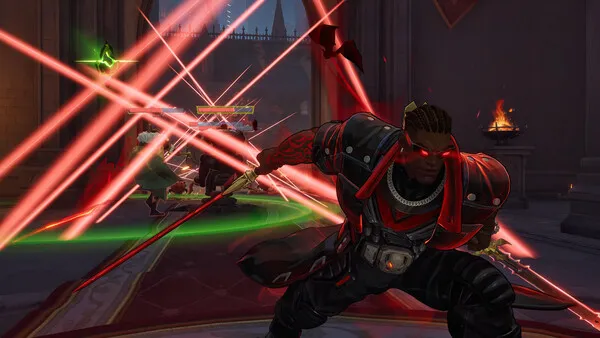
The meta rewarded aim duels and flashy plays rather than coordinated team strategies, contradicting the core appeal of objective-based shooters.
6. NetEase’s Risky Solution: Original Characters
To address the imbalance, NetEase announced it would create original characters alongside Marvel IP heroes. This decision sparked heated debate.
Marvel Identity vs. Competitive Necessity
On one hand, original heroes allow the design team to fill structural gaps without being constrained by existing Marvel lore. On the other, many fans joined the game precisely for the Marvel fantasy — playing as Iron Man, Spider-Man, or Thor. Introducing non-Marvel characters risks diluting that fantasy.
A Necessary Evolution?
The move reflects a broader truth: the Marvel roster, while iconic, is not built with competitive class balance in mind. Lore-driven limitations make it difficult to create the steady trickle of balanced roles a live-service shooter demands. Original characters may be controversial, but they might be essential for competitive health.
7. Competitive Impact: Role Scarcity in Tournaments
The imbalance reached a peak when early competitive events showcased repetitive team compositions.
Predictable Drafts
Teams leaned on the same handful of tanks and supports, often banning one another’s picks. Matches felt repetitive because so few viable options existed for those roles.
Spectator Experience
For viewers, this reduced excitement. A Marvel game should showcase the breadth of the universe, yet matches often featured the same heroes repeatedly, undermining the appeal of variety.
This pattern highlighted how role scarcity is not just a gameplay issue — it directly affects the marketability of competitive events.
8. Social Dynamics: Queue Times and Player Frustration
The imbalance also influenced social aspects of matchmaking.
- Damage queues stretched far longer than support queues.
- Solo players found it difficult to trust random teammates to fill scarce roles.
- Friend groups often fought internally over who “had” to play healer or tank.
This created friction both in casual lobbies and competitive matchmaking. A game that thrives on teamwork instead fostered tension around role responsibility.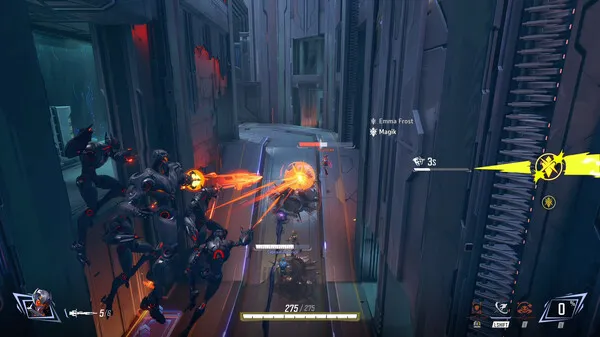
9. The Long-Term Risks of Role Neglect
If unresolved, role imbalance could erode Marvel Rivals’ longevity.
Casual Player Drop-Off
Players unwilling to adapt to chaotic or repetitive matches may move to other shooters. Role imbalance accelerates burnout, especially if players feel they cannot reliably play the role they enjoy.
Competitive Sustainability
Esports viability depends on variety and balance. If team compositions remain predictable, Marvel Rivals risks losing its competitive edge before its scene can truly develop.
The game’s survival depends on how quickly and decisively NetEase can address these risks.
10. Paths Forward: Recommendations and Community Hopes
The community has proposed several strategies to stabilize roles:
- Make new supports and tanks free or easy to unlock
- Introduce role-specific incentives, like bonus rewards for underplayed roles
- Expand original character slots specifically for balance purposes
- Rotate balance patches that prioritize filling systemic gaps rather than flashy DPS adjustments
For NetEase, the challenge is balancing Marvel’s brand power with the technical needs of a competitive hero shooter. If done right, the game can sustain both casual Marvel fans and hardcore competitive players.
Conclusion
Marvel Rivals’ greatest challenge is not flashy graphics, monetization, or even gameplay bugs. It is the structural imbalance of its hero roster. From launch, the dominance of damage dealers over scarce supports and tanks has shaped every layer of play, from casual matchmaking to competitive tournaments.
NetEase’s willingness to explore original characters shows recognition of the problem, but it also risks alienating fans who expect pure Marvel immersion. The solution lies in making role balance central to design, even if that means tough business decisions and lore compromises. Only then can Marvel Rivals fulfill its potential as both a Marvel celebration and a sustainable competitive shooter.








